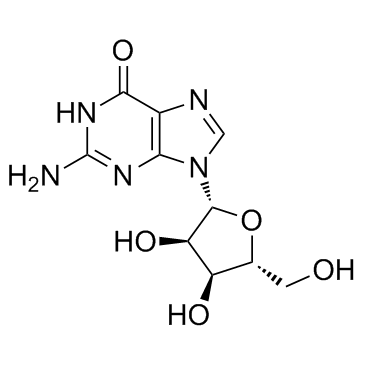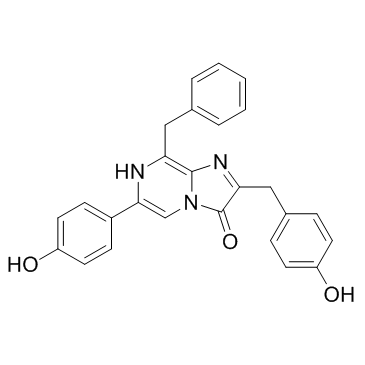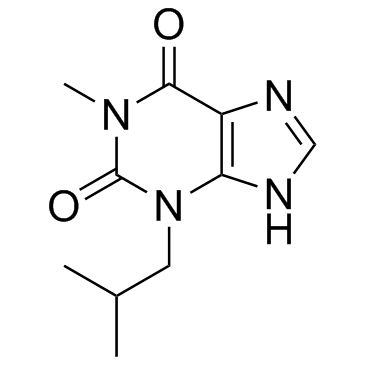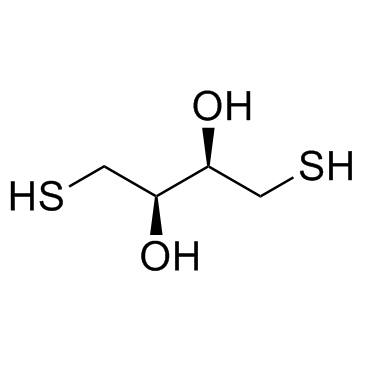| Structure | Name/CAS No. | Articles |
|---|---|---|
 |
sodium chloride
CAS:7647-14-5 |
|
 |
Methanol
CAS:67-56-1 |
|
 |
Forskolin
CAS:66575-29-9 |
|
 |
Dimethyl sulfoxide
CAS:67-68-5 |
|
 |
Benzenemethanol,4-(acetyloxy)-
CAS:6309-46-2 |
|
 |
SODIUM CHLORIDE-35 CL
CAS:20510-55-8 |
|
 |
Guanosine
CAS:118-00-3 |
|
 |
Coelenterazine
CAS:55779-48-1 |
|
 |
3-Isobutyl-1-methylxanthine
CAS:28822-58-4 |
|
 |
DL-Dithiothreitol
CAS:3483-12-3 |